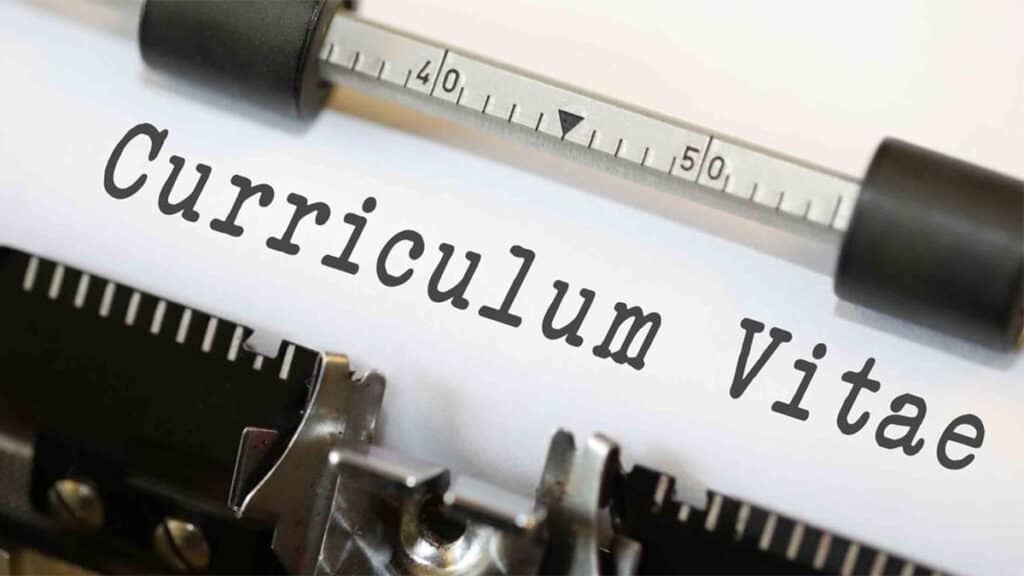Guidelines for reviewing a paper
In a recent tweet we mentioned an article that gave a list of guidelines for dealing with requests to review a paper for a peer reviewed (obviously) journal.
The advice given was sound, such as do not take on too much, make sure it is within your area of expertise and do not use ChatGPT to do the review. We do not have any issues with the advice presented.
However, from the perspective of predatory publishing, we would add a few items to the list, which we present in this short article.
Guidelines to ensure you are not reviewing for a predatory journal
In addition to the guidelines given in the article mentioned in this article, we would suggest that you also consider the following points before deciding whether to review a paper.
- Have you heard of and/or published in the journal? If you have no knowledge of the journal, unless you are a very early career researcher, then why have you not heard of the journal?
- Who has published in the journal? Do you know any of the authors, especially those that are leaders in your area?
- What is the look/feel of the web site. Does it look professional? Is it easy to navigate? Do they make claims about things like impact factors that are difficult, if not impossible, to validate?
- If they are an open access journal, are their article processing charges (APCs) easy to find?
- Is it an open access journal? If it is, this is not an immediate reason not to review the paper but a few more checks should be carried out.
- If the journal is open access, is it s a member of DOAJ (Directory of Open Access Journals)? If it is, it gives you a high degree of confidence that the journal is legitimate. If the journal is not a member of DOAJ, it is not necessarily a predatory journal but it is another warning sign.
- Similarly, you can check if the journal is a member of COPE (Committee on Publication Ethics) and the publisher is a member of OASPA (Open Access Scholarly Publishing Association). Again, if the journal/publisher is a member that is a good sign. If they are not, it is not necessarily a negative but another red flag that is worthy of further investigation.
- How long are you given to return the review? If it is a matter of days, that is a red flag as predatory journals want to publish papers as quickly as possible. There is also a movement towards faster reviews and some (legitimate) journals charge authors an extra fee to fast track the review process. As an aside, we are not sure we are happy with this idea of paying for quicker reviews, but that is for a discussion on another day.
- Look at the papers that have been published by the journal. Are they well written? Are they within the scope of the journal? Does the journal publish consistently, both in terms of the number of issues published each year and that the same (roughly) number of articles are published in each issue?
- Take a look at the editorial board. Are there people on it that you recognize, especially the Editor-in-Chief? If you do not recognize them, can you validate any of those that are there, especially those that are at well known universities? Does the journal list the affiliation of each editorial board member?
- Who invited you to review the paper? Was it an Associate Editor, or was it a member of the editorial staff at the journal, or even the publisher? Ideally, we would expect to see the invite come from an Associate Editor (or the Editor-in-Chief), rather than some administrative person who has nothing to do with making the editorial decision.
None of the above, on their own, are deal breakers, and would not stop you reviewing a paper from the journal but the more red flags you see, the more inclined we would be not to review a paper from that journal.
It is also of no surprise that many of the checks above are exactly the same as those you would make if you were wondering whether to submit a paper to that journal.


